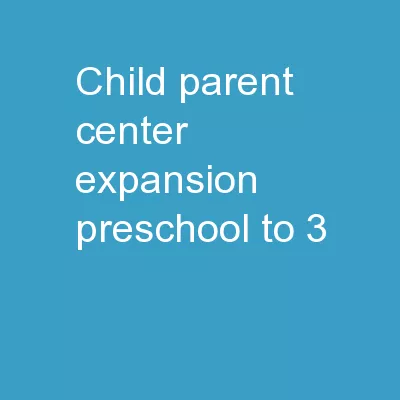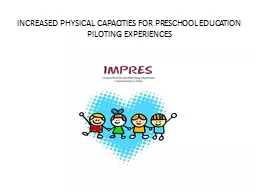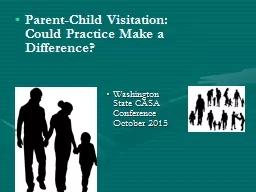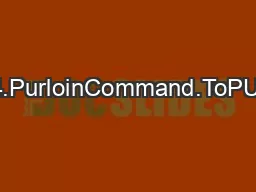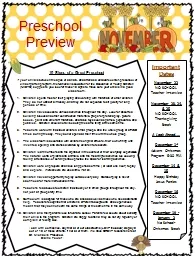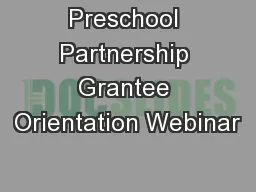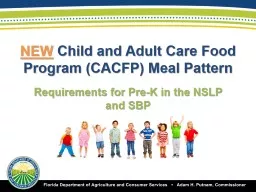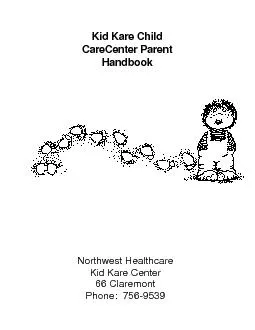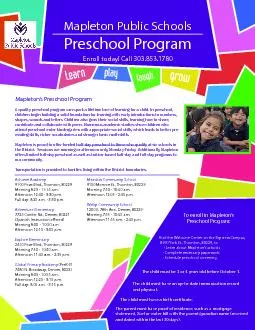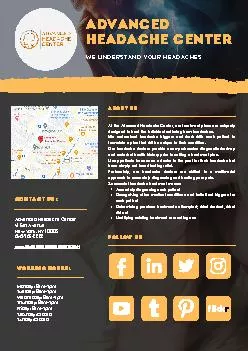PPT-Child-Parent Center Expansion, Preschool to 3
Author : alida-meadow | Published Date : 2018-12-24
rd Grade Program Molly Sullivan Chris Maxwell LINC Symposium Presentation April 18 2013 1 Agenda Project Overview Midwest CPC Expansion Linked to Chicago Longitudinal
Presentation Embed Code
Download Presentation
Download Presentation The PPT/PDF document "Child-Parent Center Expansion, Preschool..." is the property of its rightful owner. Permission is granted to download and print the materials on this website for personal, non-commercial use only, and to display it on your personal computer provided you do not modify the materials and that you retain all copyright notices contained in the materials. By downloading content from our website, you accept the terms of this agreement.
Child-Parent Center Expansion, Preschool to 3: Transcript
Download Rules Of Document
"Child-Parent Center Expansion, Preschool to 3"The content belongs to its owner. You may download and print it for personal use, without modification, and keep all copyright notices. By downloading, you agree to these terms.
Related Documents

